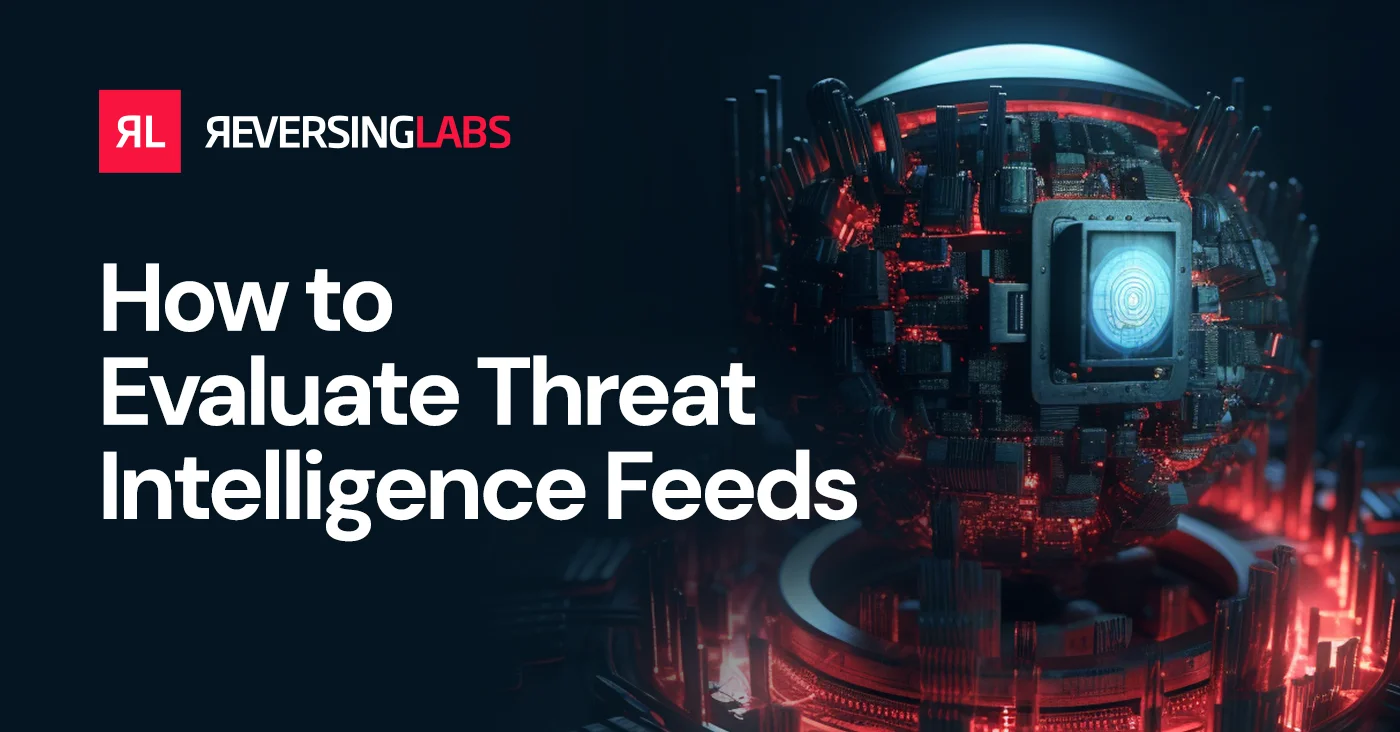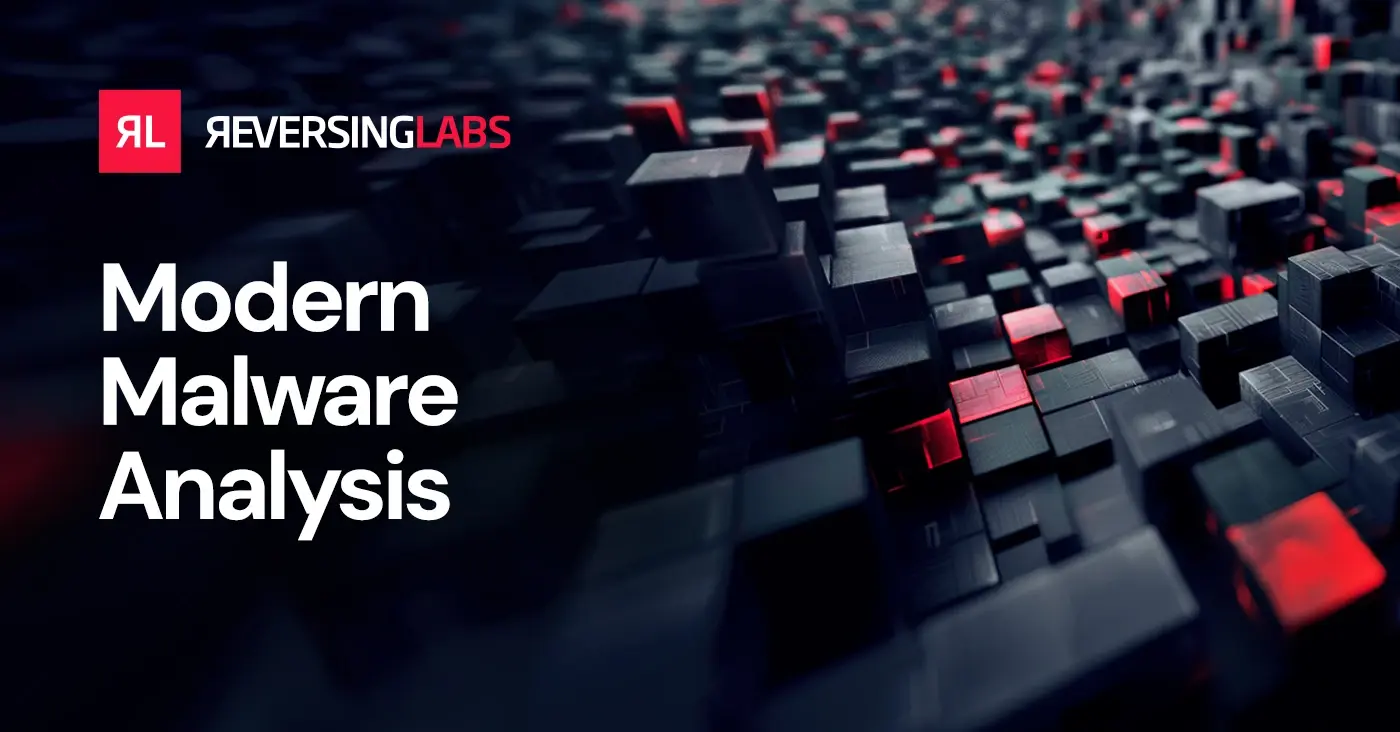Advanced Malware Analysis Suite
Save Time. Save Money. Get More Verdicts.
Save Time. Save Money. Get More Verdicts.

Enterprise SOCs find themselves spending more time and money, yet getting less out of their malware analysis solutions. Many teams are relying on multiple products from multiple vendors, including the use of expensive sandboxes, along with a myriad of threat feeds, reputation lookup services, and ad-hoc tools. But this approach has proven insufficient and costly in the face of growing file volumes, increased file complexity, and more sophisticated malware threats.
RL solves this problem with an Advanced Malware Analysis Suite that combines the power of next-gen static analysis with optimized dynamic analysis, plus real-time intelligence from the world’s largest repository of goodware and malware. Our comprehensive, unified approach not only provides best-in-class file coverage and unmatched threat visibility, it delivers more value with superior results than any other solution.

RL’s approach to malware analysis significantly streamlines workflows and delivers vastly improved threat detection. It starts with our proprietary, AI-driven complex binary analysis engine that performs high-speed, fully recursive file deconstruction to identify embedded threats in seconds. This means more files can be classified up front in real-time. Our advanced static analysis technology is complemented by RL’s integrated sandbox for optimized dynamic analysis. By applying each technique at the right time, SOC teams can analyze and convict more files, more efficiently and more cost-effectively, while achieving the most accurate threat verdicts.

RL provides the broadest file coverage in the industry, enabling security teams to comprehensively analyze and classify over 4800 file types, including the ability to unpack over 400 formats of archives, installers, packers, and compressors – all without the file size constraints emblematic of other malware analysis solutions. RL’s ability to analyze any file or object, regardless of size or type, allows enterprises to bridge critical detection gaps and identify malware wherever it may reside.
RL’s unique binary deconstruction technology uncovers hidden malware threats at the deepest levels. Our one-of-a-kind analysis engine completely dissects any file or object down to its base elements, recursively unpacking, deobfuscating, and extracting all relevant indicators and metadata to identify suspicious signs in the file’s “DNA”. This proprietary pre-execution analysis overcomes the increasingly sophisticated sandbox evasion techniques employed by malware developers, while also speeding the detection of advanced threats so action can be taken sooner rather than later.

RL enables organizations to stay ahead of threats with the industry’s largest, most up-to-date corpus of malware and goodware, which grows by the millions each day. Samples are continuously harvested and analyzed to provide early, actionable, high-fidelity intelligence about threats before they infiltrate customer infrastructures. SOC teams get crucial visibility into emerging threats and “in-the-wild” exploits to prepare defenses, proactively hunt, and ultimately preempt a costly malware attack.

RL extends the power of existing security infrastructure, including SIEM/SOAR platforms, TIPs, and EDR solutions by providing a level of malware insights that no other tool can provide. Context-rich threat intelligence can be easily plugged into enterprise workflows through RL’s flexible REST API and pre-built integrations, optimizing the performance and efficiency of security tools and SOC teams alike, and delivering maximum return on investments for the organization as a whole.

Learn how to evaluate threat intelligence feeds to ensure you have most useful information about malware, indicators of compromise (IoC) and threat actors.
Learn More
AI-driven static binary analysis is your secret weapon to leap ahead of advanced threats.
Learn More
As malware becomes more advanced, SOC teams need to reevaluate and evolve their approach to malware detection. Learn more in Modern Malware Analysis.
Learn More